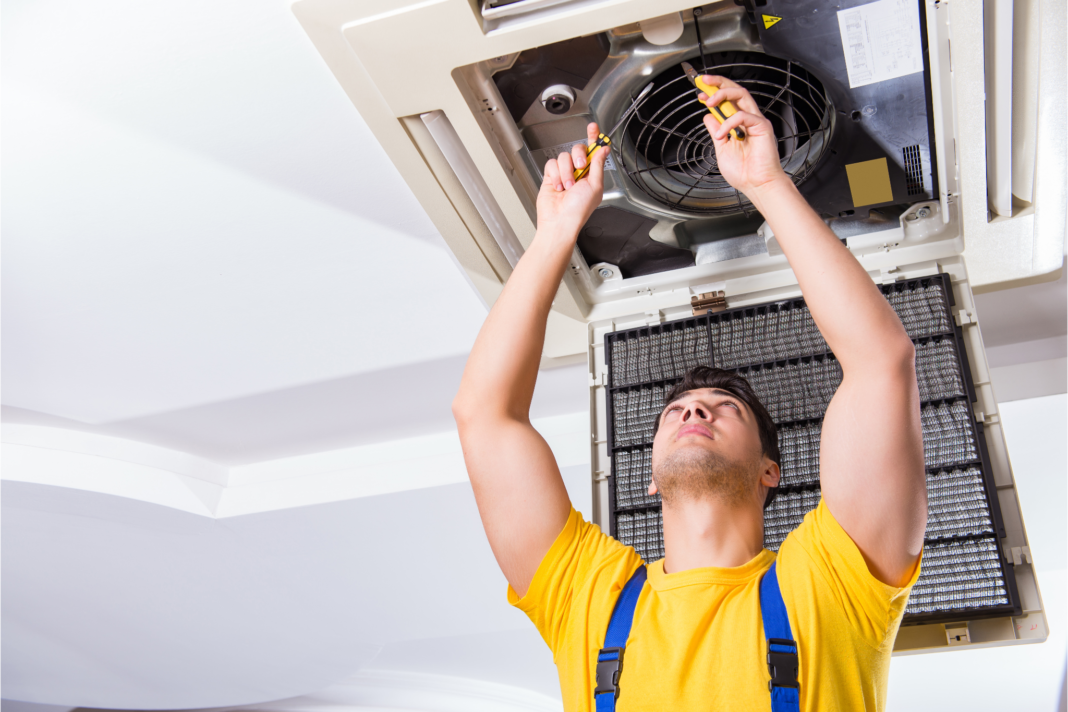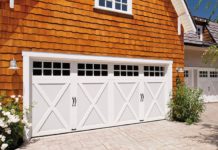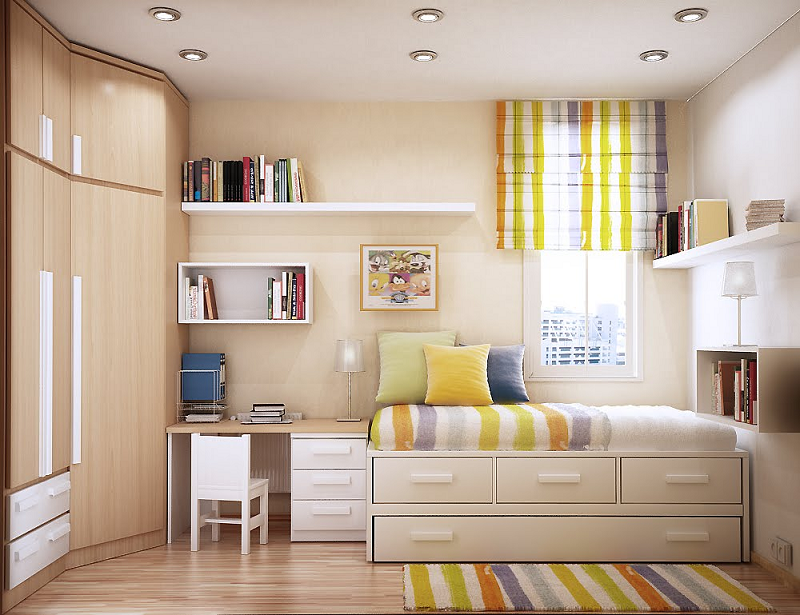One of the biggest concerns you may have as a homeowner is your central air conditioning system breaking down unexpectedly. Not only can this be uncomfortable and inconvenient, but it can also come with a hefty repair bill. However, before calling in a professional central AC repair in Saratoga Springs, you can take some troubleshooting steps to fix the issue yourself.
This guide will walk you through the common problems that can occur with central AC systems and how you can troubleshoot them. By following these steps, you can save time and money by avoiding a service call.
Understanding Your Central AC System
Before troubleshooting, it is important to have a basic understanding of how your central AC system works. The system consists of three main components: the outdoor condenser unit, the indoor evaporator coil, and the ductwork that connects them. It works by pulling warm air from inside your home through the return ducts, cooling it in the evaporator coil, and then redistributing it back into your home through supply ducts.
Troubleshooting Common AC Problems
No Air is Coming Out
If your central AC system is not producing any cool air, there are a few possible causes. The first thing you should check is the thermostat. Ensure it is set to the correct temperature and in the cooling mode. If the thermostat is not the issue, check your AC unit’s circuit breaker. It may have tripped or blown a fuse, causing the unit to shut off. If the breaker is not the issue, it may be a problem with the compressor or motor, and you should call a professional for help.
Insufficient Airflow
If your system is running but not producing enough cool air, this could be due to clogged filters or blocked vents. Dirty filters can restrict airflow and cause your system to work harder, while blocked vents can prevent cool air from properly circulating throughout your home. Check and replace dirty filters and clear any obstructions in front of vents to improve airflow.
Strange Noises
Unusual noises coming from your AC unit could indicate a mechanical issue. If you hear grinding or squeaking sounds, it may be a problem with the fan motor or bearings. A buzzing sound could indicate an electrical issue, while a hissing noise may indicate a refrigerant leak. In any case, it is best to call a professional to diagnose and fix the problem.
Leaking Water
If you notice water pooling around your indoor unit, this could be due to a clogged condensate drain line or a refrigerant leak. Turn off your unit and check the drain line for any blockages. If there are none, it may be a refrigerant leak requiring professional repair.
Uneven Cooling
If some areas of your home are cooler than others, this could be due to improper ductwork balancing or issues with the thermostat. Ensure all supply vents are open and not blocked by furniture or other objects. Adjust the thermostat settings to see if that improves the temperature balance in your home.
Irregular Cycling
An AC unit that turns on and off frequently, known as short cycling, can be caused by various issues, such as a dirty evaporator coil, low refrigerant levels, or a faulty thermostat. If you notice your unit is short-cycling, it is best to call a professional for assistance in diagnosing and fixing the problem.
With these troubleshooting tips and preventative maintenance measures, you can keep your central AC system running smoothly and efficiently. Always prioritize safety and call a professional if you need clarification or are uncomfortable with troubleshooting steps.









